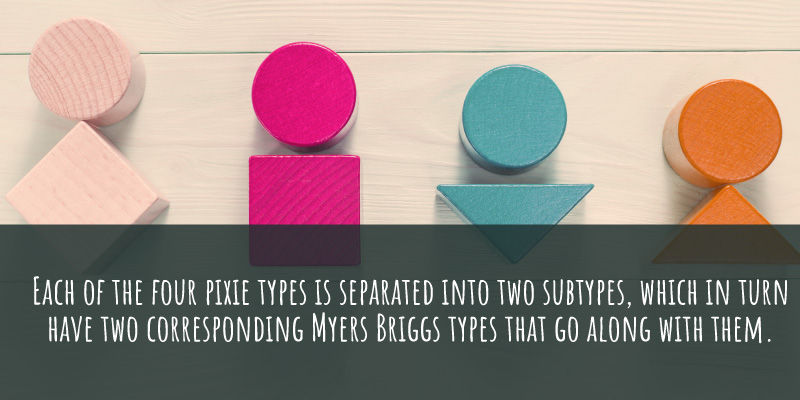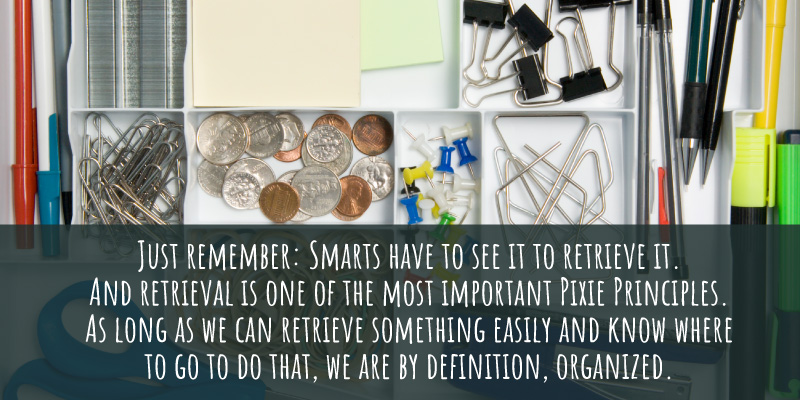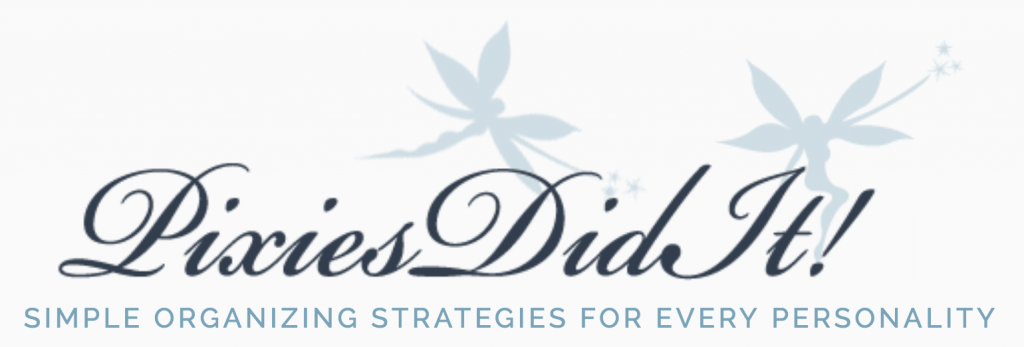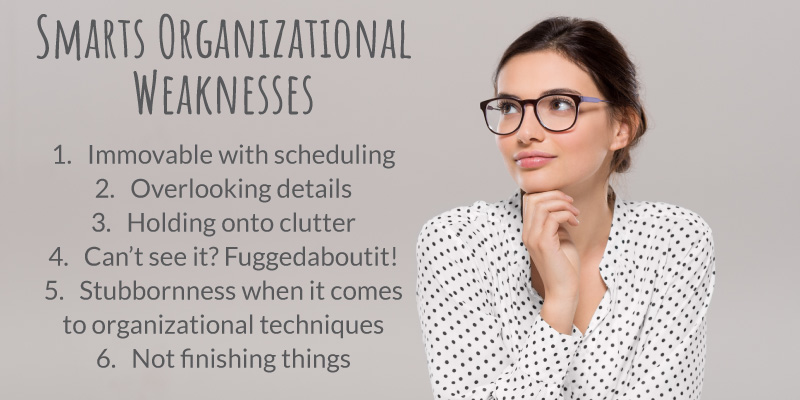The Best Organizational Products and Techniques for Smarts (ENTJ, INTJ, ENTP, INTP)
If you’ve read our book or visited our website, you know that our entire premise of home and life organization techniques is based on what we call Pixie types, but what are basically just personality types. These personality types are, in turn, based on the Myers Briggs personality types, of which there are sixteen. The types are indicated by combinations of letters, and each of the letters stand for some type of behavior. Here is a quick rundown of the letters for reference:
E/I- Stands for Extroversion or Introversion. Signifies where your attention naturally gravitates.
S/N- Stands for Sensing or Intuition. Signifies how you absorb information.
T/F- Stands for Thinking or Feeling. Signifies how you make decisions.
J/P- Stands for Judging or Perceiving. Signifies how you interact with the outside world.

Each of the four pixie types is separated into two subtypes, which in turn have two corresponding Myers Briggs types that go along with them. Sound confusing? It can be, slightly, at first. But once you begin to understand each typing structure, the system will become less mysterious and more informative. We’ve made it super easy on our website, which lists each type, subtype, and corresponding Myers Briggs types, along with descriptive paragraphs of each. In this article, we are going to focus on the Smart Pixie type, which falls under the categories of ENTJ, INTJ, ENTP and INTP. Let’s break those four down very quickly and then move on to just how Smarts operate organizationally, and what the best organizational products and techniques are for their type.
ENTJ– Structured, Challenging, Strategic, Questioning
INTJ– Strategic, Conceptual, Innovative, Independent
ENTP– Theoretical, Flexible, Imaginative, Challenging
INTP– Independent, Detached, Skeptical and Innovative
According to our theory, Smarts are “adept complex problem-solvers, perfect born leaders, and maybe even a little bit smarter than the next fellow.”
Smarts Organizational Weaknesses
- Immovable with scheduling
- Overlooking details
- Holding onto clutter
- Can’t see it? Fuggedaboutit!
- Stubbornness when it comes to organizational techniques
- Not finishing things
So what do Smart folks do about these organizational potentially perilous pitfalls?
We are here to give you a few techniques to manage these weaknesses — while making the most of your strengths. Here are some techniques that should help when it comes to organizing your home, and maintaining a realistic organizational system.
The biggest tip we can give Smarts is to set things up in the home so that you can see them. Because Smarts are two things: visually oriented (they have visual memories) and incognizant of details much of the time. You can think of them as these brilliant genius dreamer types, who are excellent at seeing the big picture, but often miss the details that go into creating that picture.
Organizational Techniques for Smarts
- Use transparent, shallow inbox bins to contain your piles. Label these bins and pile accordingly. This will make the piles neater as well as help you retrieve what you need at the time you need it.
- Make sure to tell your family or housemates before you begin purging. Either that, or delegate the purging process to someone who actually enjoys doing it.
- Bring important mail, bills, paperwork etc., to your office or study immediately. Do this by having your briefcase or bag at the ready when you go through the mail, and toss the important pieces into the bag as you sift through. This will allow for you to forget about the paperwork or bills until you get to the office, where you will be forced to deal with them.
- Be wary of coat racks in the foyer. If you need a coat solution, use wall hooks. These Danish ones are very stubby and won’t allow you to stack coats on them if you tried! You are a piler by nature, and those coats can stack up quickly.
- Use an accordian file to keep all active projects in (and make sure it’s transparent!).
- As far as clothing goes, hang as much as you can. Drawers are not for you.
- Filing cabinets are for deep storage only.
- Use cushioned contact paper to line your shelves in the kitchen. Getting caught up in a dreamy vision of a big picture project can make Smarts prone to breaking glassware frequently.
- Use utensil bins with cut out shapes of the actual utensils to prevent mismatched flatware storage.
- Use glass cabinets in the dining room so you can see exactly what you have at your disposal.
- In the living room, use open storage as much as you possibly can. This means shelving, not armoires, nothing with doors, and tchotchkes and photos on the mantle, not hidden away in some cabinet.

Just remember: Smarts have to see it to retrieve it. And retrieval is one of the most important Pixie Principles (read our book for more…). As long as we can retrieve something easily and know where to go to do that, we are by definition, organized. Here we thought that there were so many difficult steps on the journey to organization, but it’s actually very simple. Thank goodness for that!

